We were at a clients and performed a LOT of pruning. There are 3 examples of plants we pruned. Old, overgrown apples, an old dappled willow standard and a Rose-of-Sharon.
The difference between spring-flowering and summer-flowering woody plants lies primarily in their blooming patterns and the type of growth on which they produce flowers.
Spring-Flowering Woody Plants (e.g., Japanese Quince)
- Blooming Pattern: Spring-flowering plants, like Japanese Quince, typically bloom on old growth. This means they produce flowers on branches that grew during the previous year.
- Pruning Timing: To avoid removing flower buds, these plants should be pruned immediately after they finish blooming in the spring. Pruning too late can result in fewer flowers the following year.
- Growth Cycle: These plants often have a burst of growth in the spring, followed by a period of “dormancy” in the summer and fall.
Summer-Flowering Woody Plants (e.g., Rose of Sharon)
- Blooming Pattern: Summer-flowering plants, such as Rose of Sharon, bloom on new growth. They produce flowers on branches that grow during the current year.
- Pruning Timing: These plants can be pruned in late winter or early spring before new growth begins. This encourages the development of new branches that will produce flowers in the summer.
- Growth Cycle: These plants typically have a steady growth throughout the spring and summer, with flowers appearing on the new shoots.
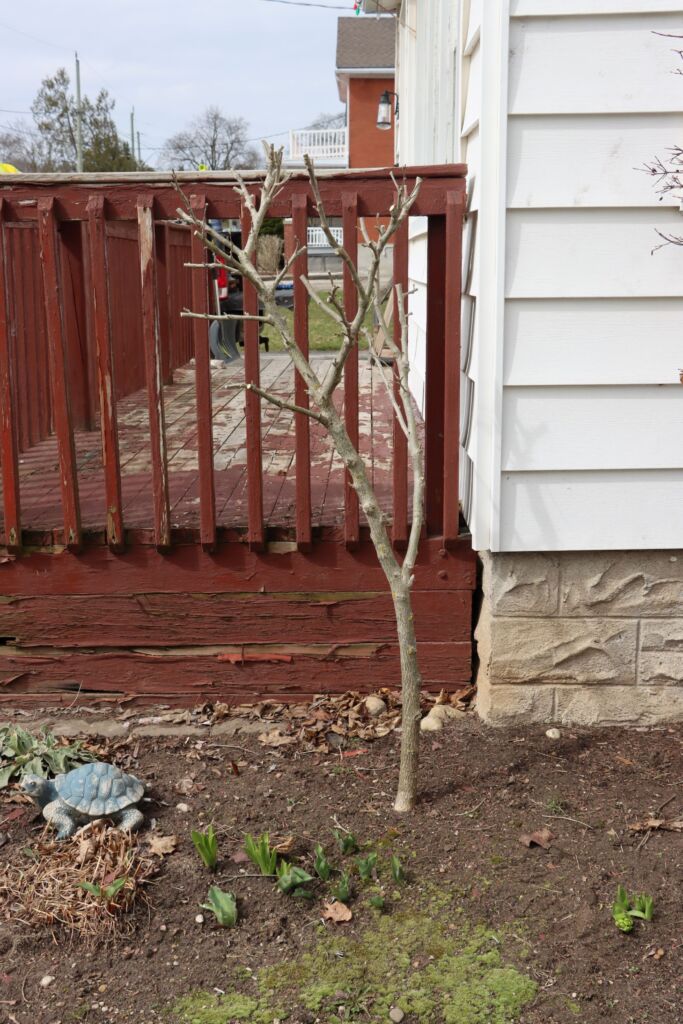
Key Differences
- Flowering Time: Spring-flowering plants bloom early in the year, while summer-flowering plants bloom later.
- Growth Type: Spring-flowering plants bloom on old wood, whereas summer-flowering plants bloom on new wood.
- Pruning Practices: Timing of pruning is crucial to ensure optimal flowering. Spring-flowering plants should be pruned after blooming, while summer-flowering plants should be pruned before new growth starts.
We pruned the dappled willow using a technique called pollarding. Pollarding is a pruning technique used to manage the size and shape of trees and shrubs.
Pollarding
Pollarding involves cutting back the upper branches of a tree or shrub to promote a dense head of foliage and branches. This technique is typically done at regular intervals, starting when the tree is young and continuing throughout its life.
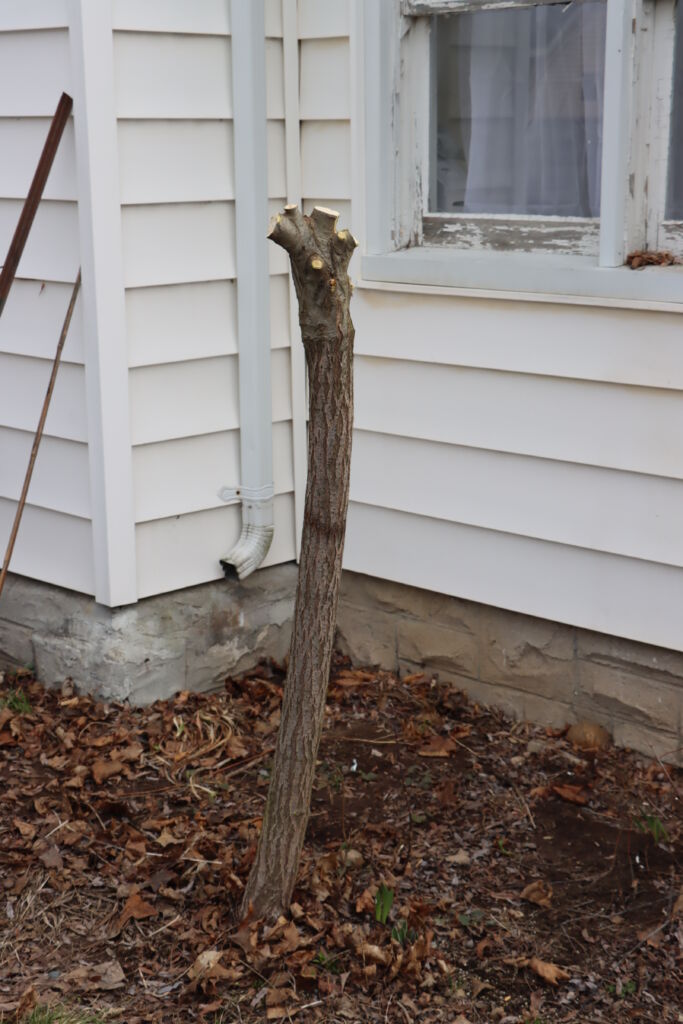
Key Characteristics
- Initial Pruning: The tree is pruned back to a specific height.
- Regular Maintenance: Subsequent pruning is done annually or biennially to remove new growth and maintain the pollarded shape.
- Growth Control: Pollarding helps control the size of the tree, making it suitable for urban environments or small gardens.
- Aesthetic Appeal: It creates a unique, formal appearance with a dense canopy of foliage.
Benefits of Pollarding
- Size Management: Keeps trees at a manageable height and prevents them from becoming too large.
- Health Improvement: Encourages healthy new growth and can help rejuvenate older trees.
- Safety: Reduces the risk of falling branches in high-traffic areas.
Commonly Pollarded Trees
- Willow (including Dappled Willow)
- Plane trees
- Linden trees
- Weeping mulberry
Understanding Regenerative Pruning
Regenerative pruning aims to rejuvenate old or neglected trees by carefully removing dead, diseased, or overcrowded branches. This process helps improve air circulation, light penetration, and overall tree health.
With these trees we were trying to make the overall crown smaller, clear the sidewalk for better pedestrian access and easier lawn care.
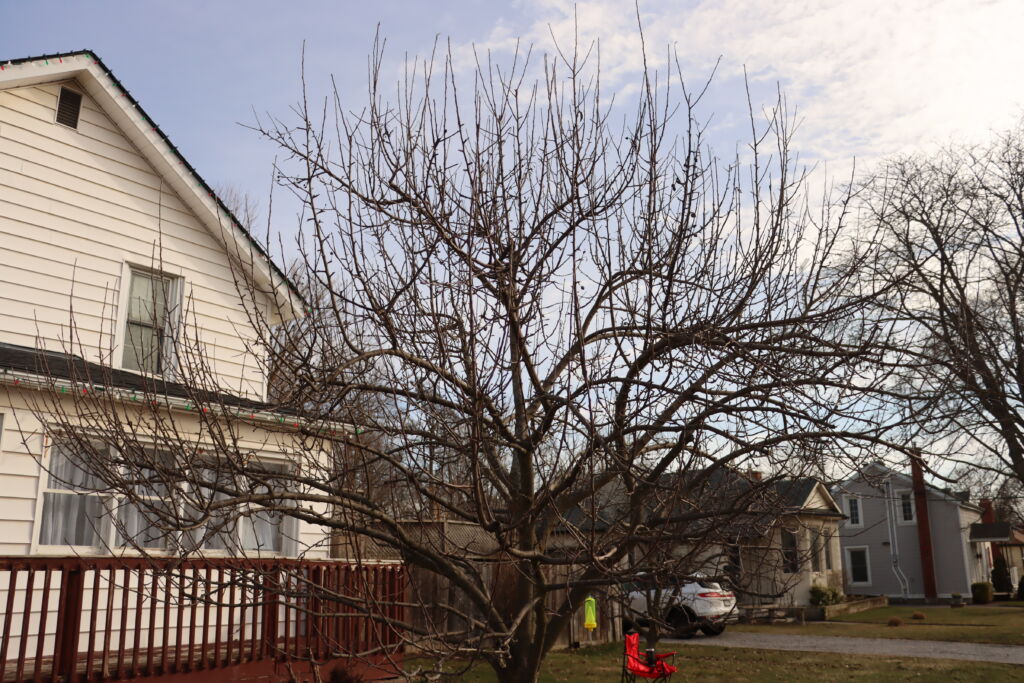
Challenges with Over-Pruning
Over-pruning can indeed damage the tree and stimulate the growth of water sprouts. Water sprouts are vigorous, vertical shoots that drain energy from the tree without producing much fruit. They often emerge from pruning wounds or areas where the bark has been injured.
Best Practices for Regenerative Pruning
- Gradual Pruning: Avoid removing more than 25% of the tree’s canopy in a single year. This helps prevent shock and allows the tree to adjust gradually. In this case the client wanted a fairly drastic pruning. We did not achieve the client’s vision but will complete the reduction next spring.
- Timing: Prune during late winter or early spring when the tree is dormant. This minimizes stress and promotes healthy regrowth.
- Proper Tools: Use sharp, clean tools to make precise cuts, reducing the risk of infection and ensuring faster healing.
- Removing Water Sprouts: Regularly check for and remove water sprouts as soon as they appear. This helps maintain the tree’s energy balance and prevents overcrowding.
Managing Water Sprout Growth
Water sprouts can be managed by:
- Early Removal: Pluck them off by hand when they are small (less than 12 inches). Pulling them off is, in my opinion, the best way to deal with
- Pruning: Cut them close to the parent branch to prevent regrowth
Regenerative pruning is a gradual process that requires patience and careful attention to the tree’s needs. By following best practices, you can rejuvenate your apple trees without causing undue stress or stimulating excessive water sprout growth.
Feel free to ask if you need more detailed information or have any specific questions! 🌳🍎
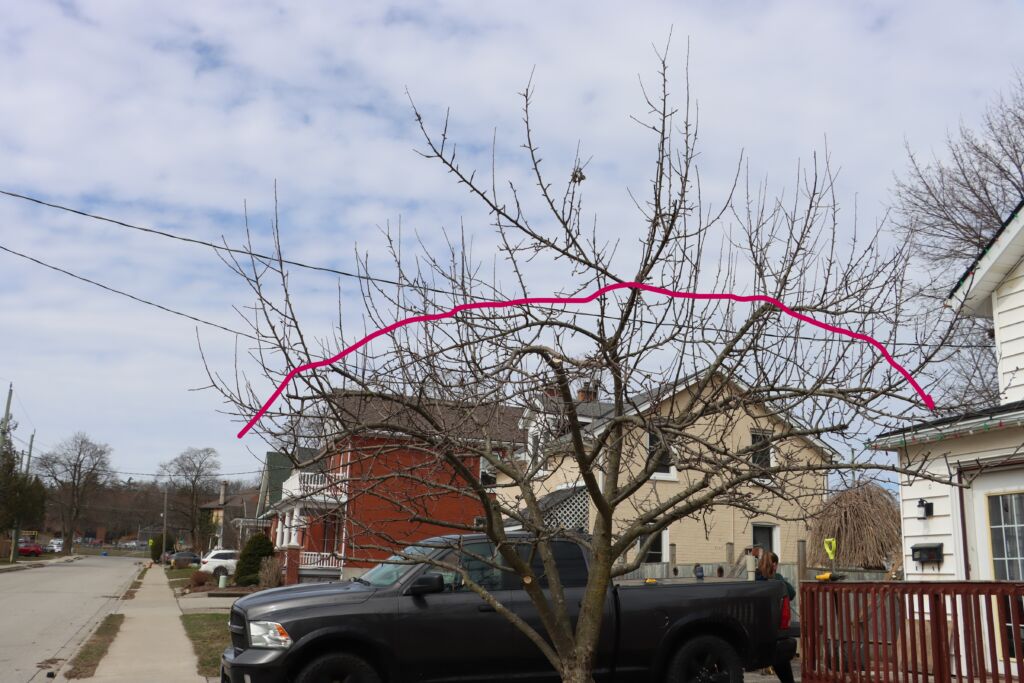
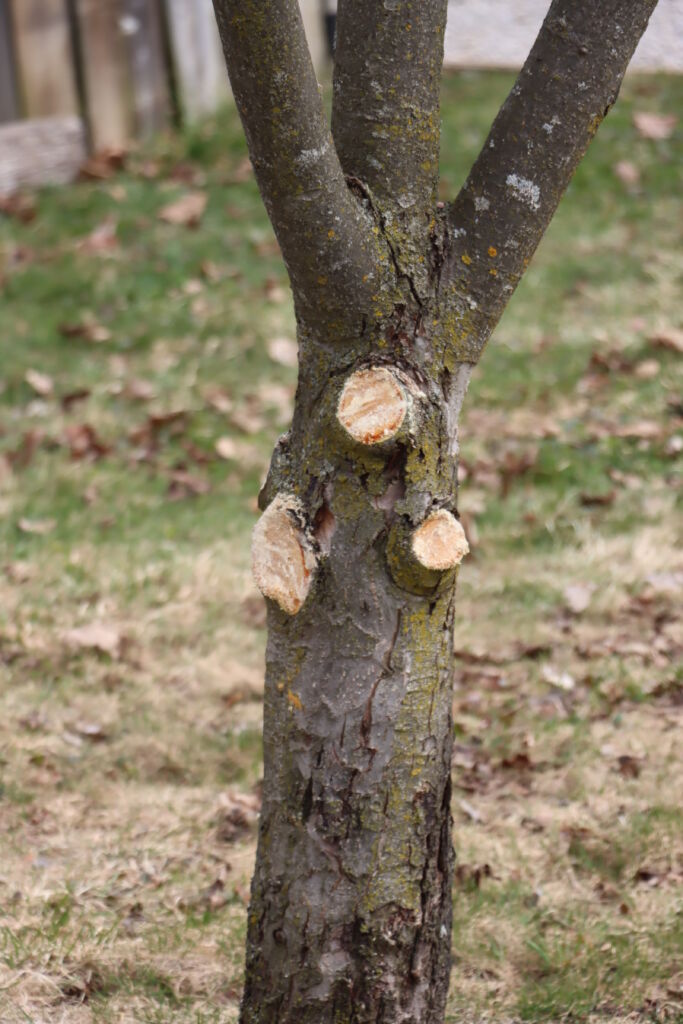
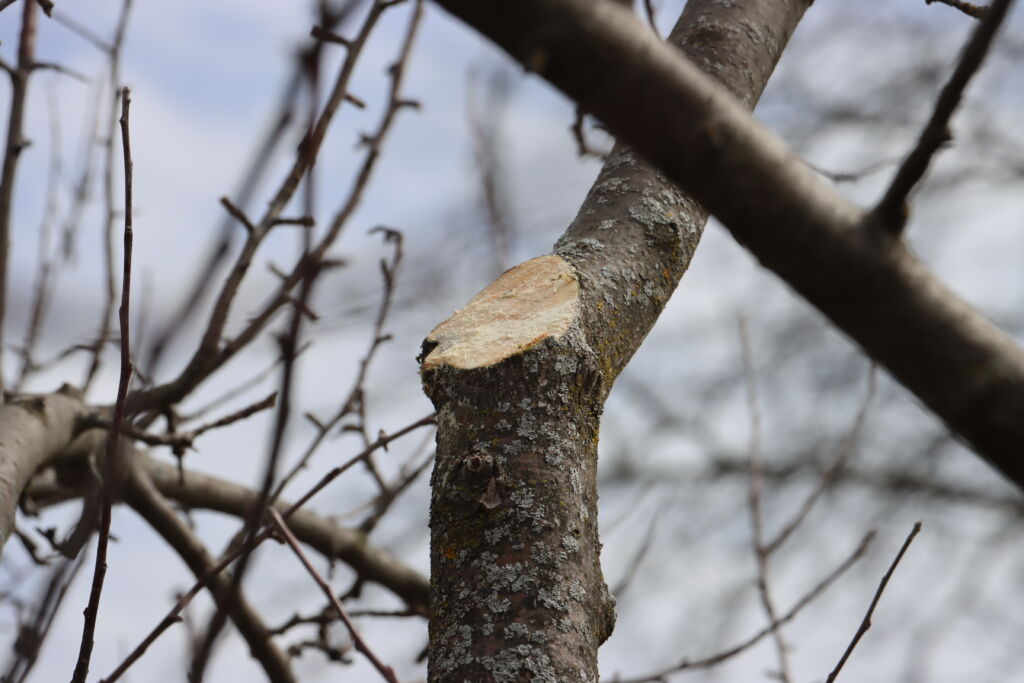

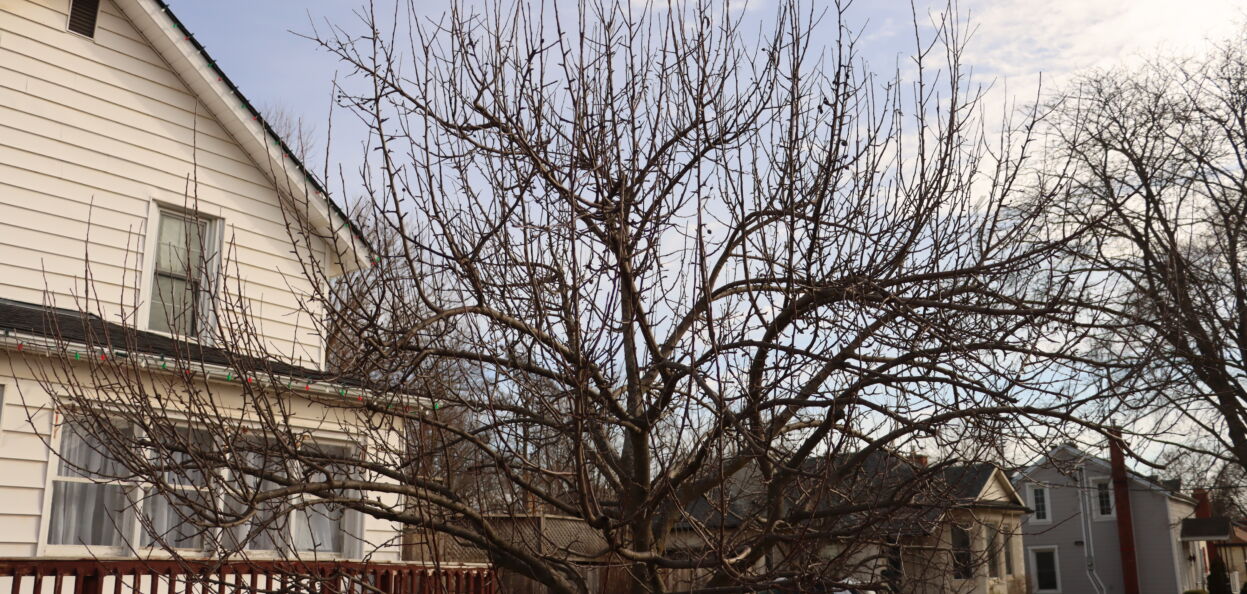
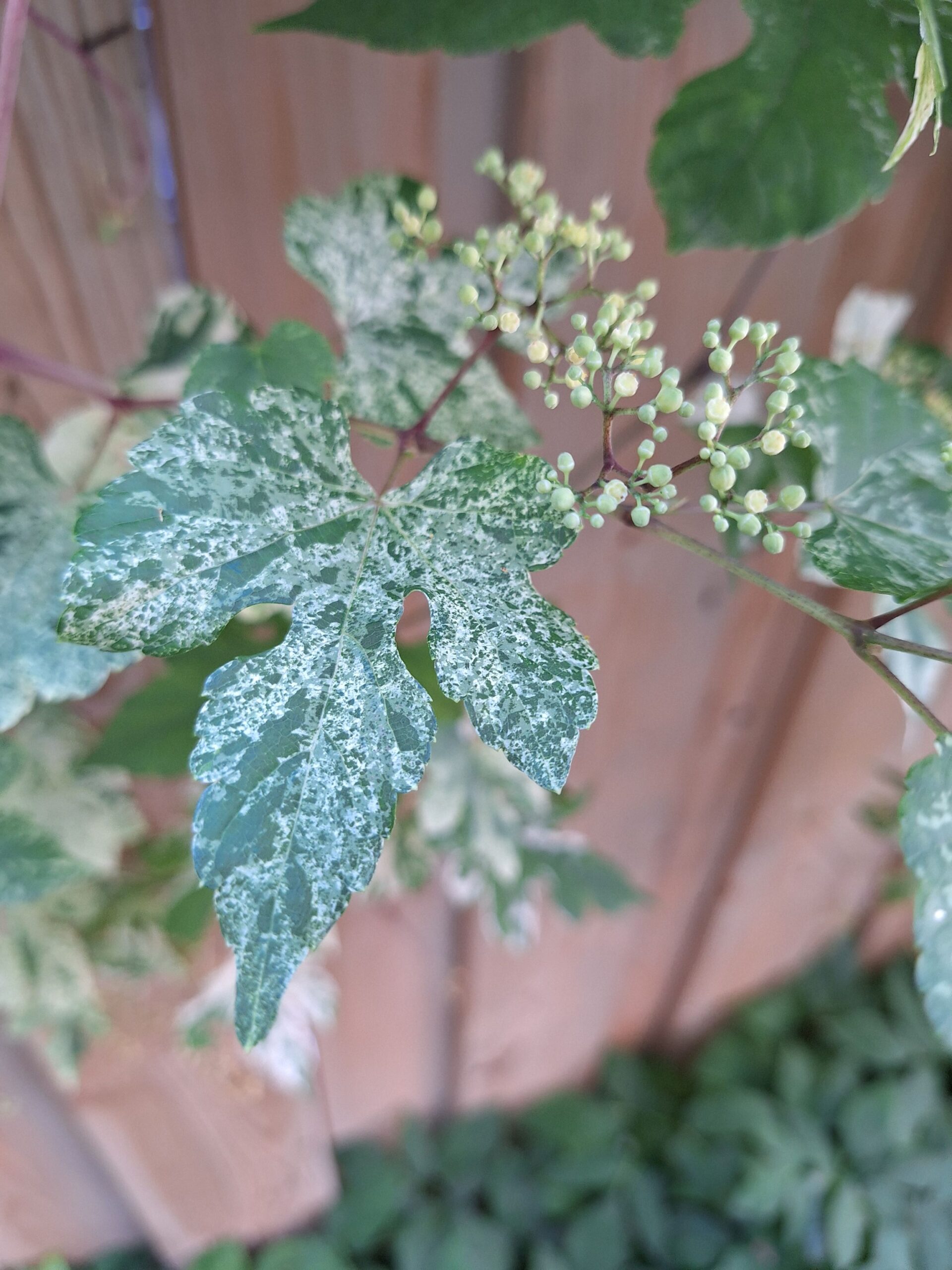
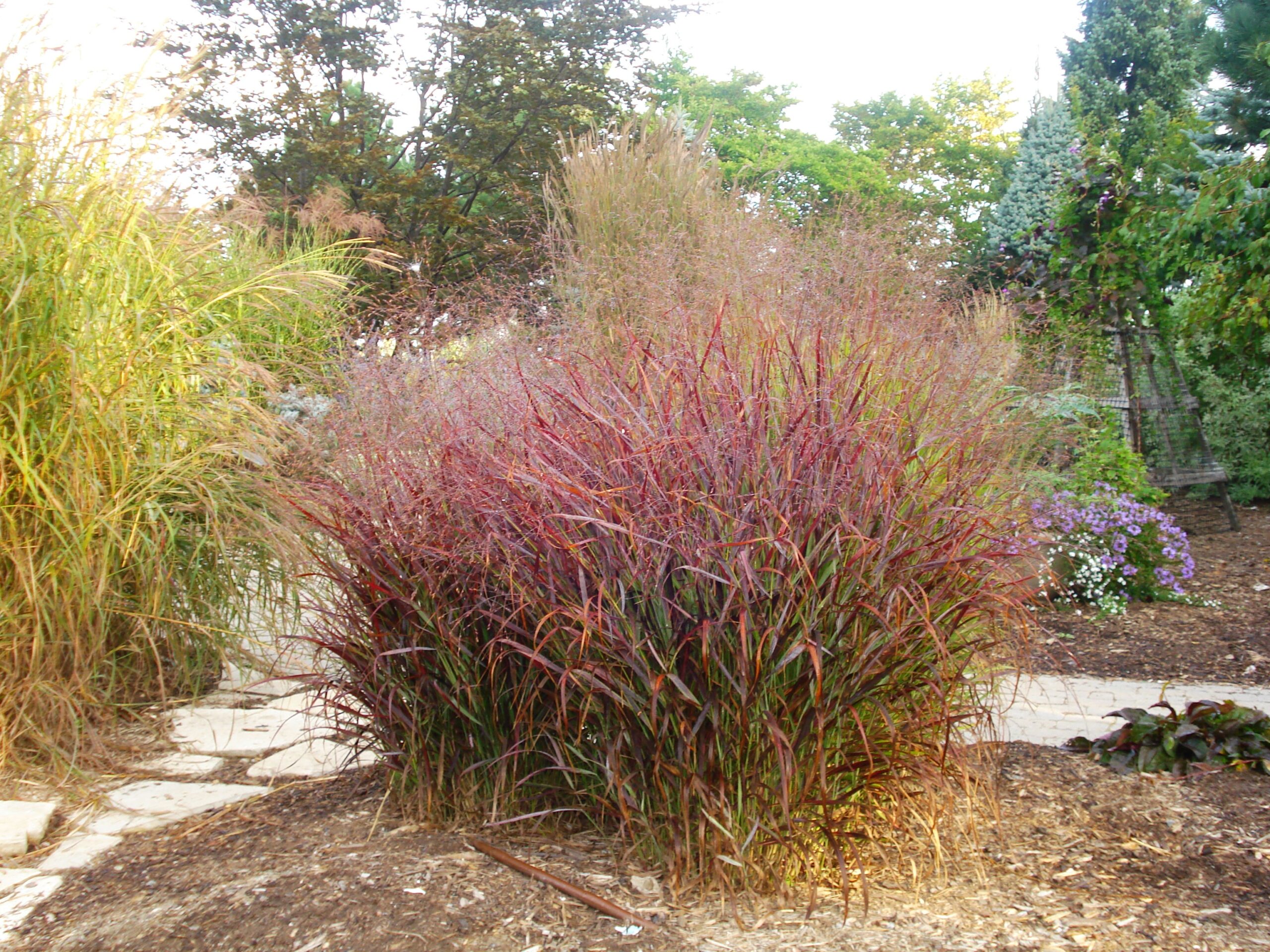


1 thought on “Spring Pruning – Regenerative Pruning and Pollarding”
Comments are closed.